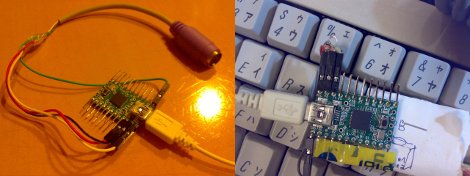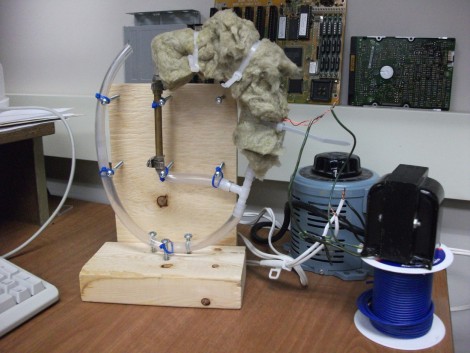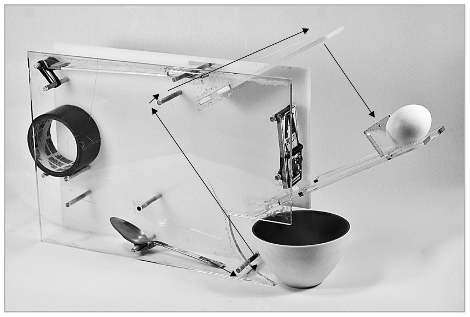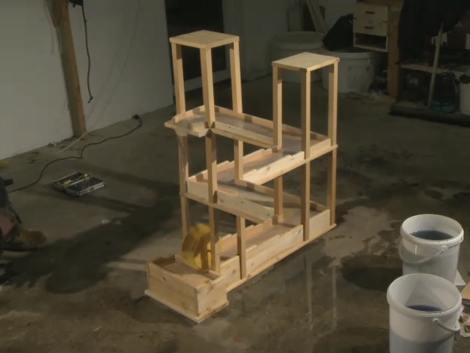
[REVENGE] pointed out a couple cool little project posts from the geekhack fourms converting vintage keyboards to USB with a Teensy. They both have VUSB support, so any avr micro controller that meets VUSB’s requirements in theory could be used.
First up is a PS/2 to USB keyboard converter, and while yes this has been done many times before, this one sports some extra features not often seen, like mouse keys, system and multimedia keys, and keymap customization. Instructions are also provided for use with a non USB enabled avr controller (like a mega 168, or 328) through the VUSB library (though with not all features available).
Next is pretty much the same thing, but it converts Apple Desktop Bus to USB, which is not exactly rare, but its lack of a clock serial signal, somewhat variable timing, and the fact that you wont find a bucket of Apple keyboards for a buck at the thrift store makes any ADB converter worth mentioning.
VUSB instructions seem to be the same for either, source is available and there are some cool pictures and info listed, and besides what is more fun than being able to plug your Model M into your netbook, or your Apple Extended Keyboard into your mac mini.
















